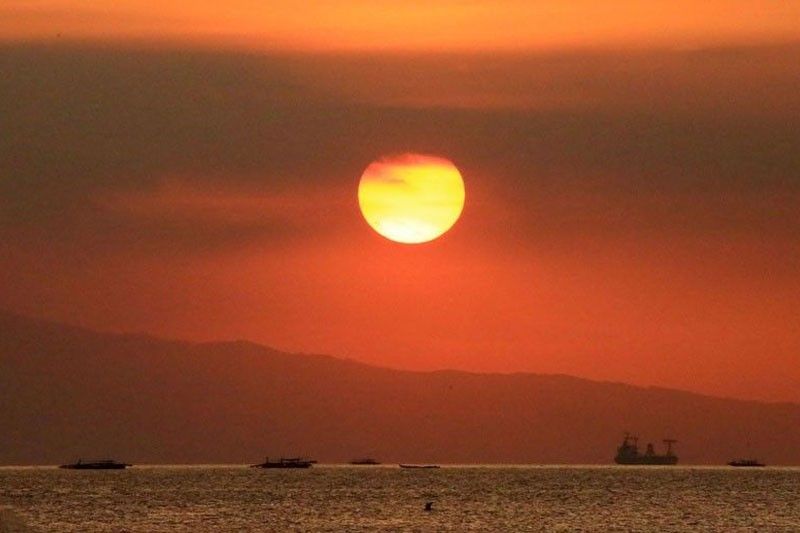Philippines among most vulnerable to El Niño

MANILA, Philippines — The Philippines is among Asian countries that are most vulnerable to El Niño in terms of the weather phenomenon’s impact on agricultural crops and other produce, according to Japan’s Nomura.
In a report, Nomura said Asia is bracing for El Niño this year after three years of La Niña.
The Japanese investment bank expects a mild El Niño to lower the Philippines’ gross domestic product (GDP) growth by 0.03 percentage points, while a severe one could drag growth by 0.11 percent.
On inflation, Nomura sees an upside risk of 0.08 percentage points in a mild scenario and a much higher 0.26 percent in a severe scenario.
“Relative to baseline, GDP growth could be lower by 0.1 percentage points and inflation higher by 0.1 to 0.3 percentage points. India and the Philippines are most vulnerable,” Nomura said.
Nomura said the change in the year-on-year overall GDP growth of the Philippines is 0.1 percentage points under a severe scenario and 0.5 percentage point under a mild scenario.
It said the change in year-on-year agricultural real GDP is at -2.6 percentage points under a severe scenario and -1.7 percent under a mild scenario.
On inflation, Nomura said the impact of a severe El Niño on Philippine headline inflation is -2.5 percent under a severe scenario and -0.7 percent under a mild scenario.
For food inflation, the impact of a severe El Niño is -4.7 percent, while the impact of mild El Niño is at -1.1 percent.
“The Philippines – a net food importer – is more vulnerable to higher inflation,” Nomura said.
Inflation in the Philippines stayed above the two to four percent target range at 7.2 percent in the first half despite easing to 5.4 percent in June from 6.1 percent in May.
This prompted the Bangko Sentral ng Pilipinas (BSP) to extend its prudent pause by keeping key policy rates untouched during its back-to-back rate-setting meetings in May and June.
“Monetary policy is unlikely to be used, though rate cuts could be delayed. Given the Philippines’ limited fiscal space and high inflation risks, the BSP may need to resume its rate hiking cycle (versus our baseline view of an extended pause),” Nomura said.
According to Nomura, uncertainty remains high with respect to the severity of the El Niño this year and its impact, but current buffer stocks appear ample in the case of cereals (rice, wheat), edible oils and cotton.
It added that low stocks of sugar and coffee could result in higher prices for these crops.
“In case of an El Niño, we expect fiscal and supply-side policies (e.g., social assistance, price controls and subsidies) to serve as the first line of defense,” it said.
In theory, an El Niño is a stagflationary shock (higher inflation, lower growth), since it results in less rainfall and limits agricultural production.
Earlier, the BSP said the return of El Niño would have minimal impact on the prices of goods and services.
BSP Deputy Governor Francisco Dakila Jr. earlier told reporters that the central bank has yet to include the impact of the lower than usual rainfall in the Philippines in the latest inflation forecasts set by the Monetary Board on June 22.
“We have not yet included El Niño in our baseline (forecasts),” Dakila said.
For El Niño, the BSP official said the impact is relatively moderate at about 13 basis points.
- Latest
- Trending




























